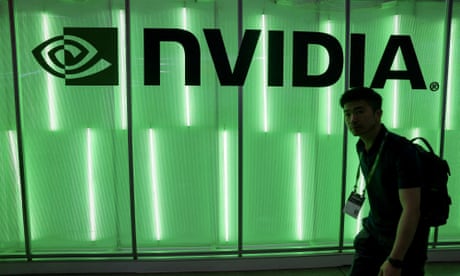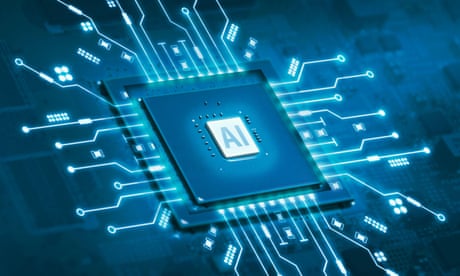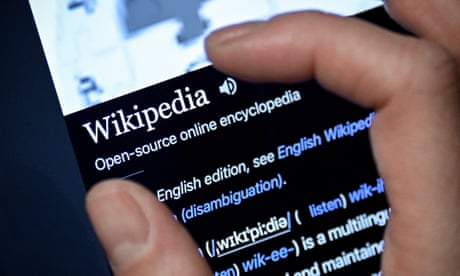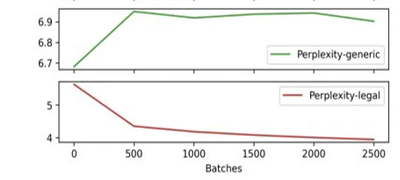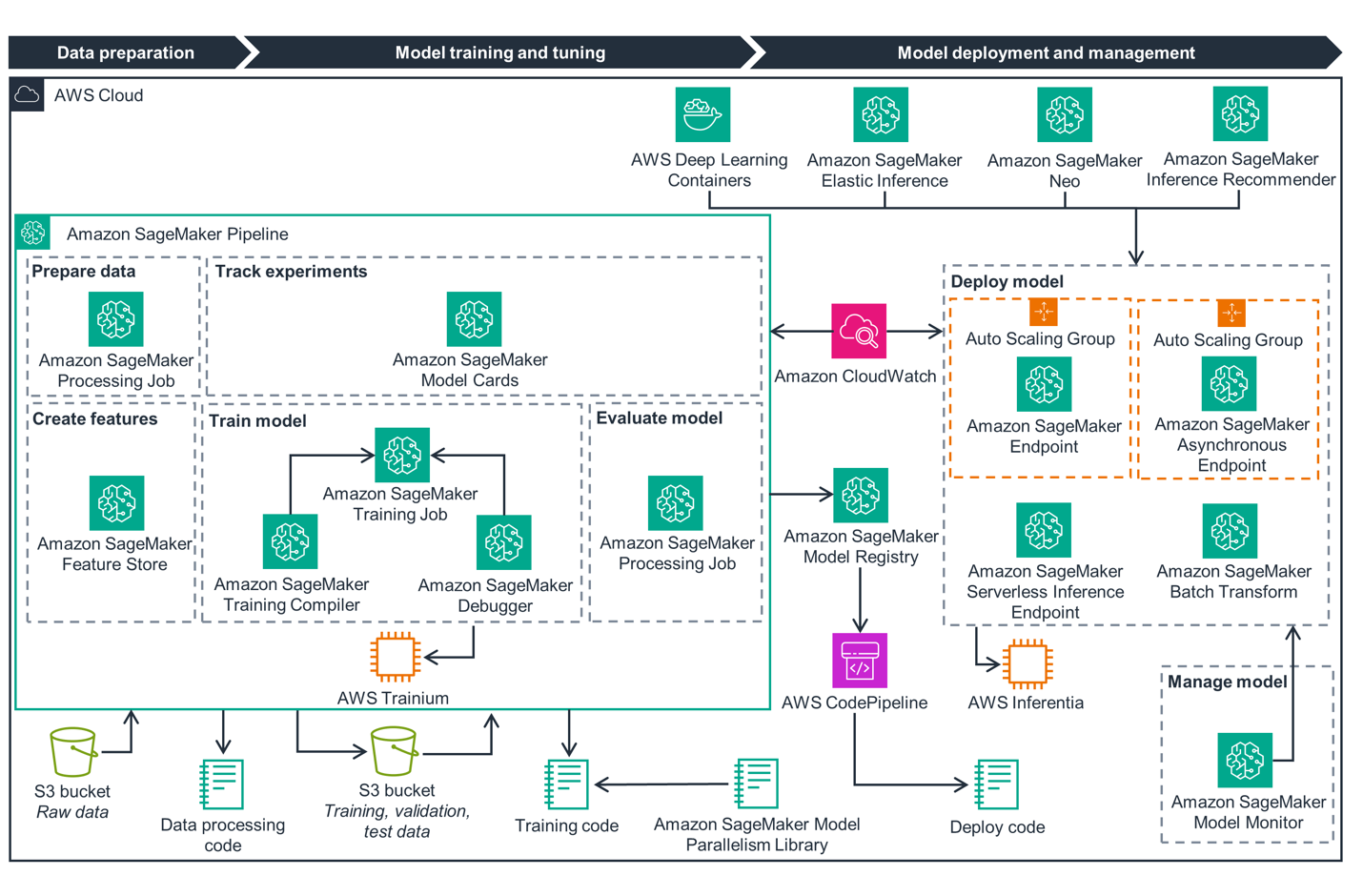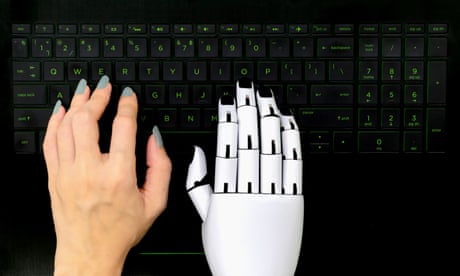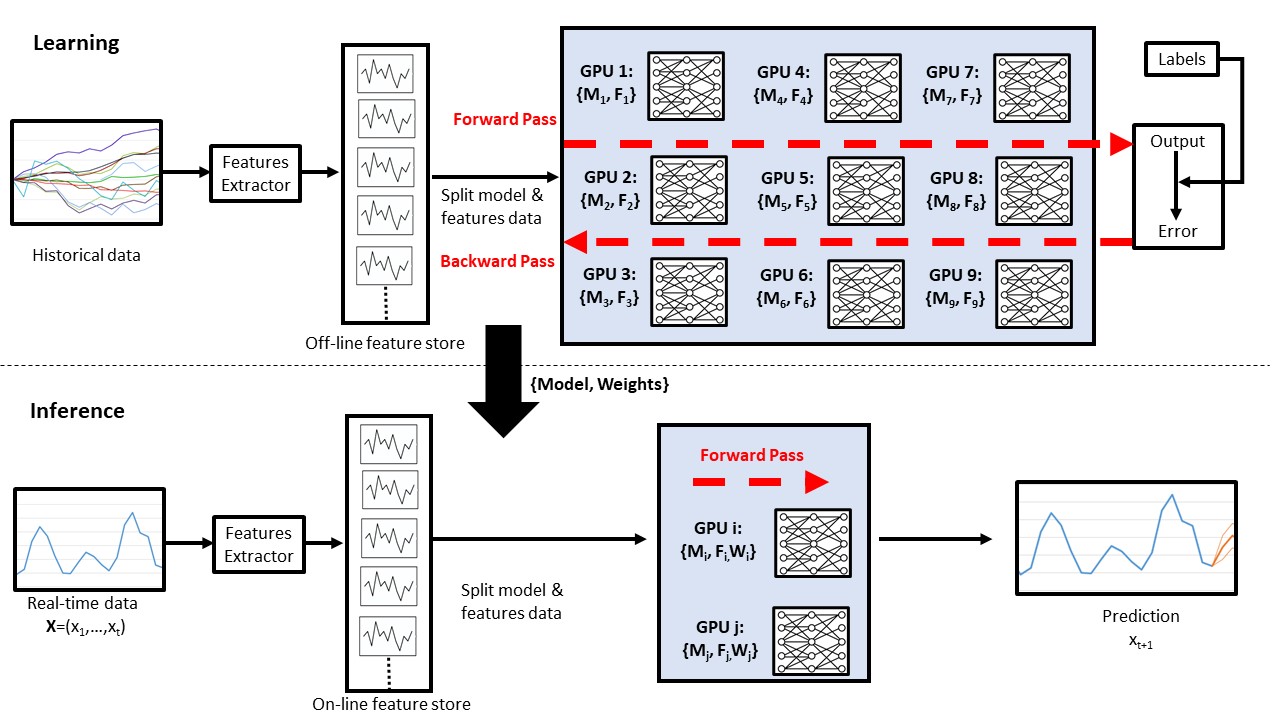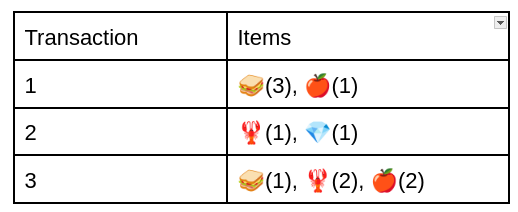Competition authorities must act swiftly to prevent tech giants like Nvidia from monopolizing AI market. Nvidia's rapid growth fueled by generative AI, powering major milestones like OpenAI's ChatGPT.
Meta defies EU privacy laws by moving forward with using UK Facebook and Instagram posts to train AI, despite concerns from the Information Commissioner's Office. The collision course with the EU highlights the ongoing battle between tech firms and regulators over user privacy.
Researchers discover AI can change believers' minds on conspiracy theories, challenging conventional wisdom. Chatting with AI proves effective in altering mistaken beliefs, offering hope for combating dangerous misinformation.
Wikipedia needs young editors to combat AI reliance and maintain relevance in knowledge sharing. The platform's visibility diminishes as it becomes a mere source for AI applications, hindering reader engagement and potential contributions.
OpenAI introduces "Strawberry" AI models for solving complex problems by breaking them down into logical steps, outperforming other AIs in science, coding, and math. These models excel at reasoning through difficult tasks, offering a promising solution for challenging problems.
AI image generator Flux recreates handwriting, sparking ethical questions and emotional connections. A unique way to preserve personal memories and celebrate loved ones.
Thomson Reuters utilizes AI/ML to enhance professional information products, including cutting-edge LLMs for tailored customer experiences. Challenges include hallucinations, quality, and speed/cost limitations of existing LLMs in the AI-augmented world.
Iron Mountain handles media industry vault archiving, finding 20% of 1990s hard drives unreadable. Music industry faces complex archiving challenges on spinning disks, prompting a call to action from Iron Mountain's global director.
Meta and Waymo introduce Transfusion model combining transformer and diffusion for multi-modal prediction. Transfusion model uses bi-directional transformer attention for image tokens and pre-training tasks for text and image.
MLOps automates ML workflows, AWS offers guidance to optimize sustainability, reduce costs, and carbon footprint in ML workloads. Key steps include data preparation, model training, tuning, and deployment management. Optimize data storage, serverless architecture, and choose the right storage type to reduce energy consumption and carbon impact.
Yuval Noah Harari challenges conventional wisdom on AI's impact, warning of apocalyptic scenarios in his latest book. He argues that the free flow of information doesn't always lead to truth or political wisdom.
International writing org angers community by seemingly supporting AI use, causing resignations. NaNoWriMo controversy highlights debate on AI in creative writing, sparking classist and ableist concerns.
Financial services industry leaders are leveraging data and accelerated computing to gain a competitive edge in areas like quant research and real-time trading. Purpose-built accelerators, like GPUs, are crucial for activities ranging from basic data processing to AI advancements, enabling faster calculations and better customer experiences.
Alternative to Market Basket Analysis for high-value patterns, focusing on item co-occurrence in transactions for optimization strategies in retail and marketing. Frequent Itemset Mining finds patterns by calculating support, but limitations include not considering item quantity and relevance.
TechOps involves managing IT infrastructure & services. AWS generative AI solutions enhance productivity, resolve issues faster & improve customer experience. Generative AI helps with event management, incident documentation, and identifying recurring problems in TechOps.

